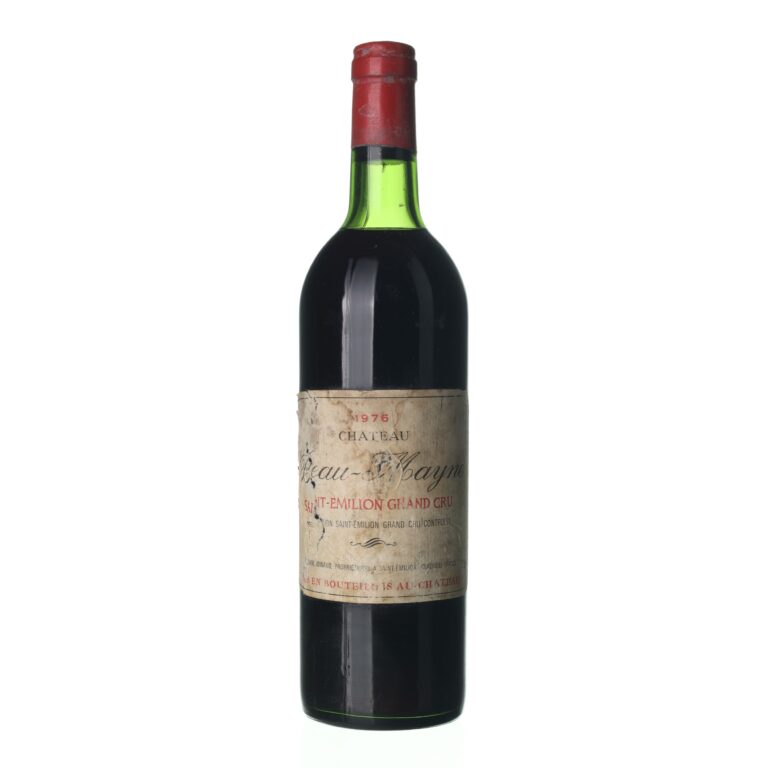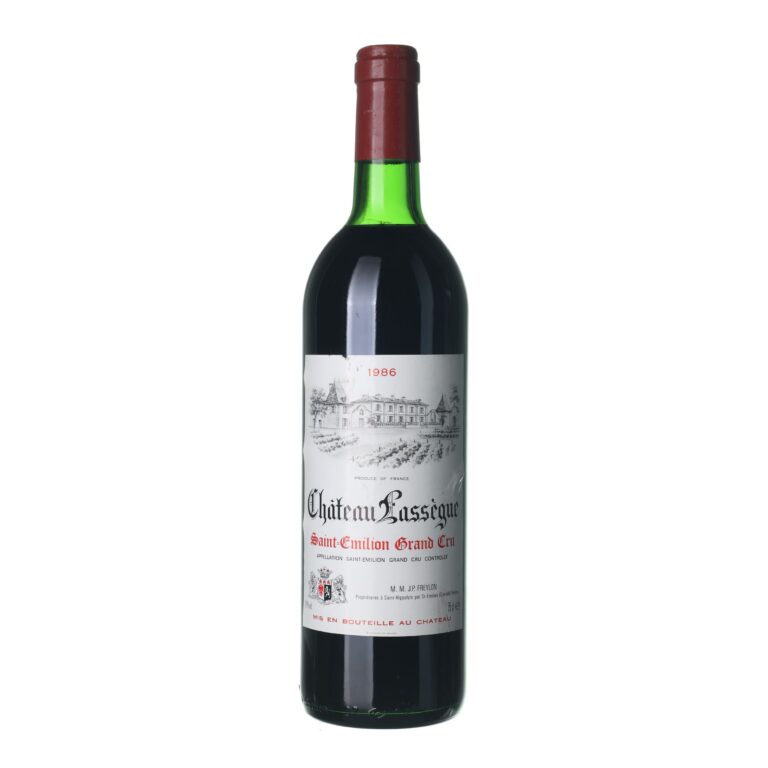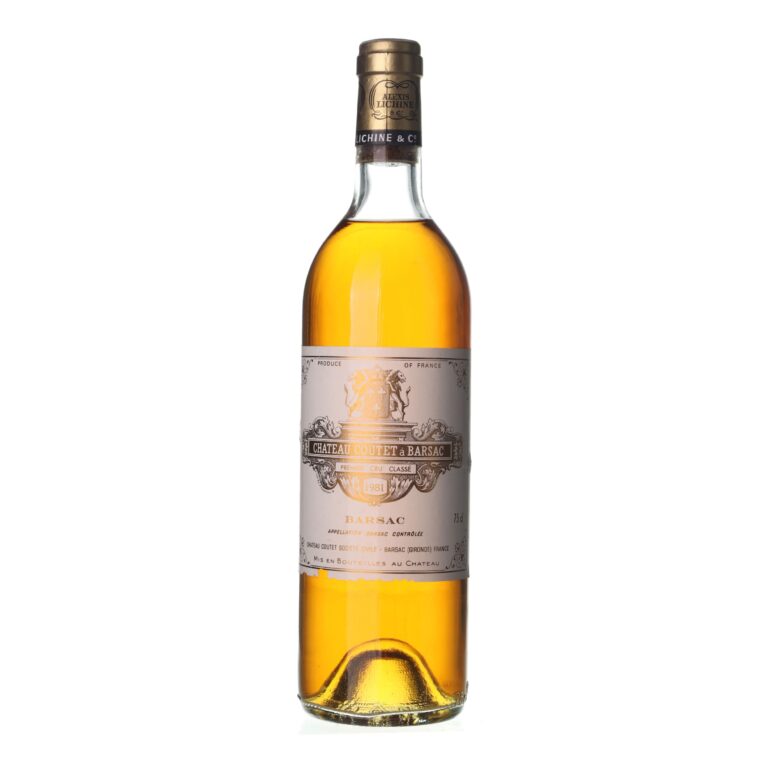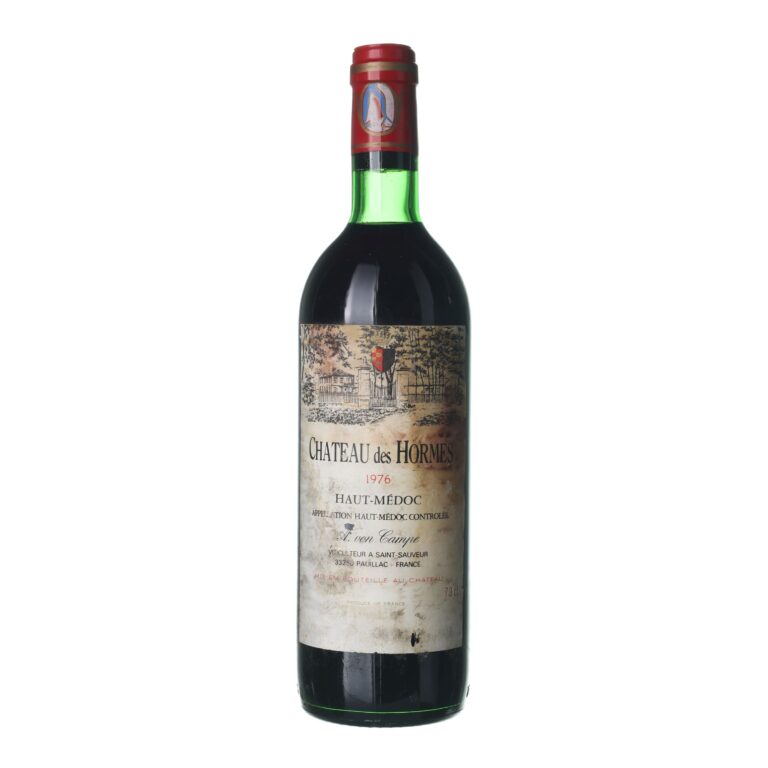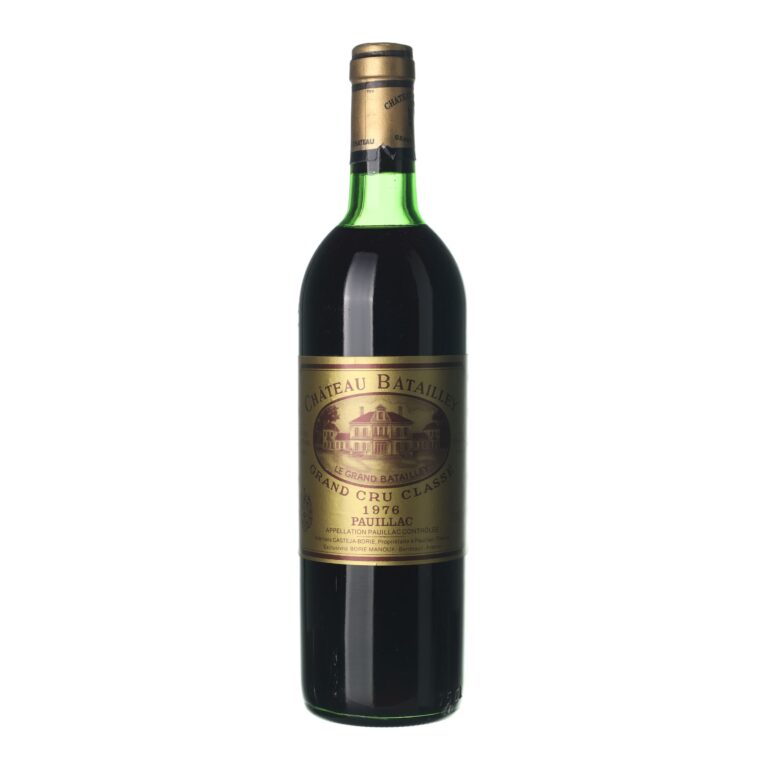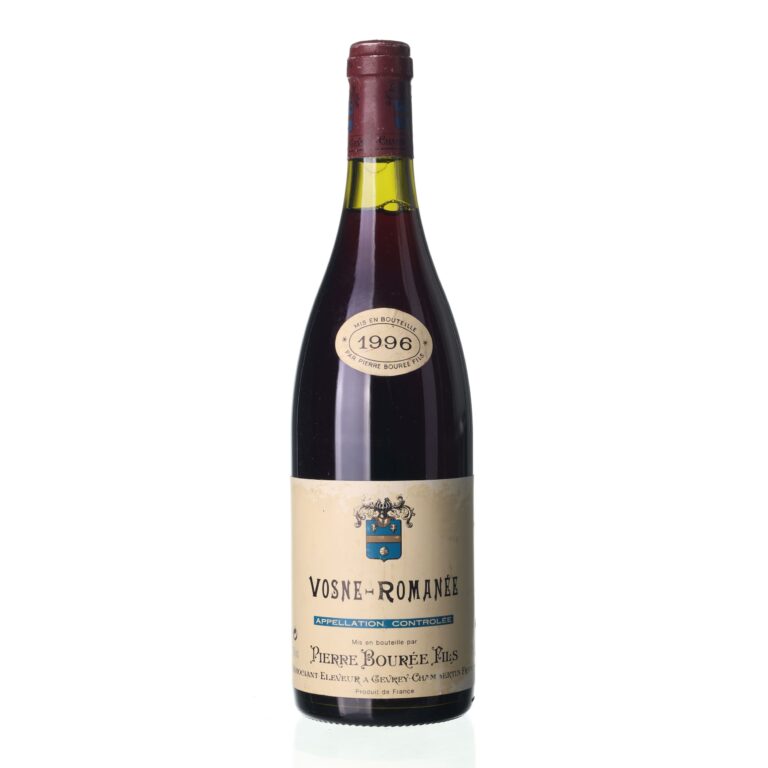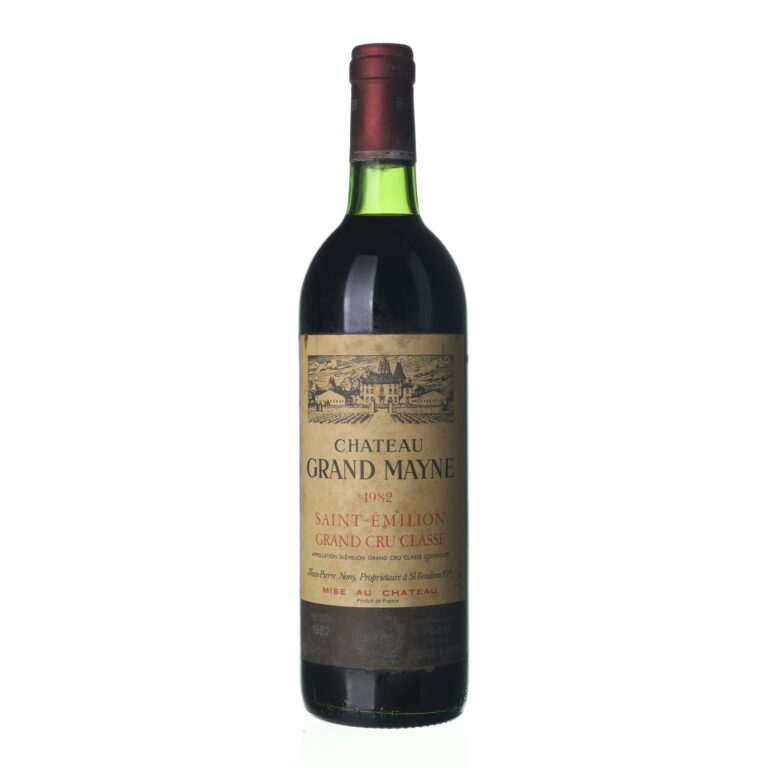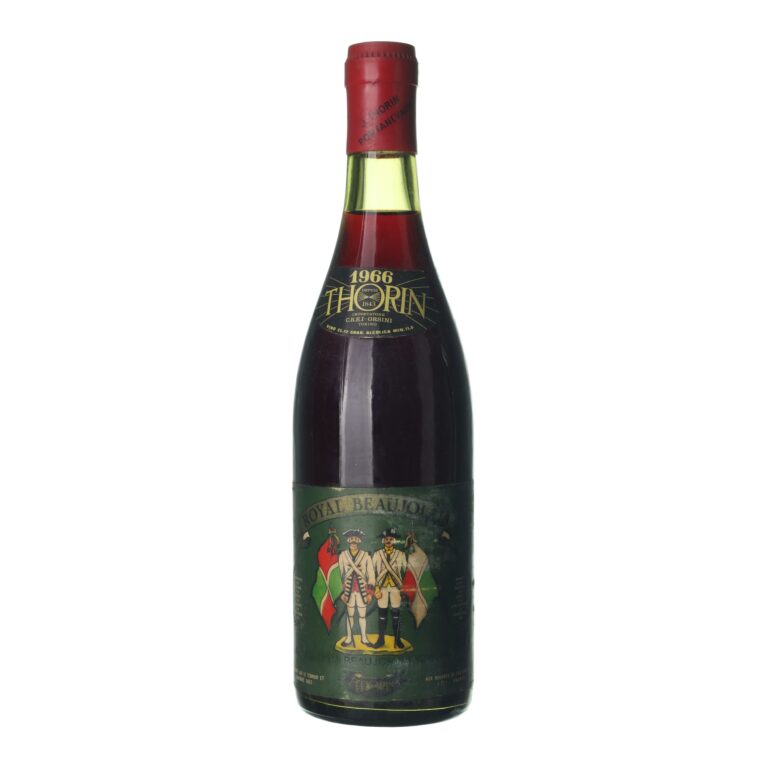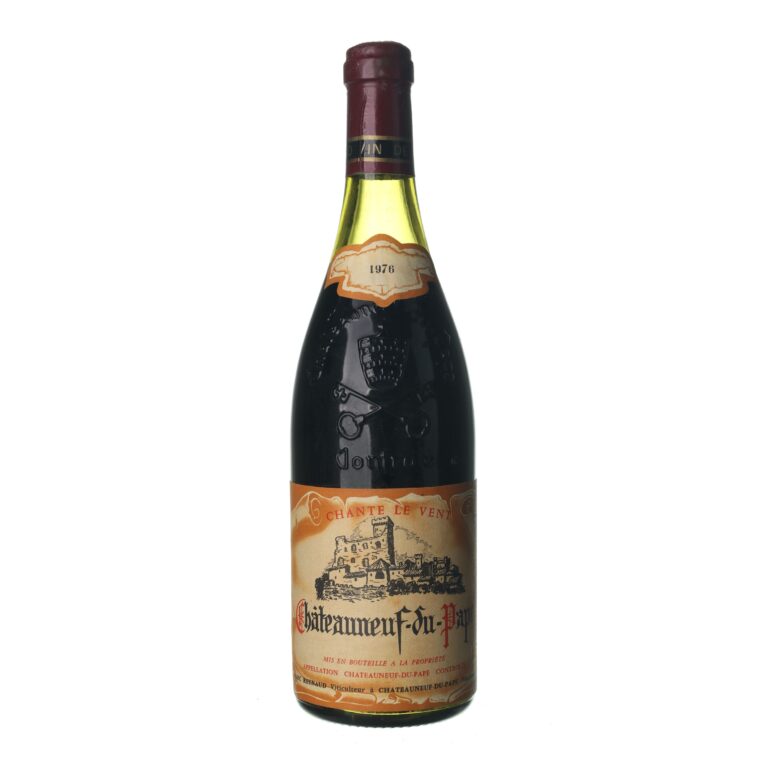What is claret wine?

Young, light, and – above all – fresh. This is claret wine, a master of disguises that doesn’t deny its fruity notes. You can find it in red, white, and even rosé. What is claret wine, what is its history, and what’s involved in its production?
What is claret wine?
Claret wine or just claret is wine made from blue grape varieties. Fermentation of the mash (crushed grapes) does not take place during its production. But, in order not to oversimplify things, we have to mention that there are numerous ways to make claret. Also, what color of wine it is varies by the country where it’s made. In England, it’s known as a red wine, in France it’s a rosé, and in the Czech Republic it’s considered a white wine.
The origin of claret
Europe has known claret since approximately the 17th century. At this time, it was mainly the English who were fond of this light red wine, which they’d fallen in love with in the promised land of wines: France. Therefore, in Bordeaux, the most productive region for red wines, winemakers got on the job and started producing this gem. They made it from the Merlot and Cabernet Sauvignon grape varieties and began calling it vin clair (vinum clarum in Latin), which in translation means light wine. Words like clair, clairet or claret mean light, which referred to the light color of this wine.
At that time, the production of claret was done very quickly, so that the grapes’ skins remained in contact with the must for the shortest amount of time possible. The wine was usually made overnight, which corresponds to the term vin d’une nuit, or overnight wine. The English were very keen on this light red, or perhaps pinkish wine.
English and French claret
The meaning of claret is just as different in these two countries as the lands are themselves. For English speakers, claret is connected with a geographical origin. It’s red wine from the French region of Bordeaux. However, the French referr to all pale, light wines as claret, while avoiding the term clairet. These wine are what we would call rosé.
Claret from Moravia: white wine with shades of grey
In Czech wine dictionaries you’ll find this definition of claret: “Claret is a white or light pink wine made from blue grapes from grapevines.”
Claret is therefore known as a white wine with shades of grey. You may also encounter a pinkish or orange color, but it always depends on the grape variety. Winemakers produce claret from a wide variety of blue grapes, among which you can find Cabernet Sauvignon and St. Laurent. However, the most commonly used variety is Pinot Noir, which has fairly little pigment in its skin.

How is claret made?
Like the wines themselves, even the ways of making claret are diverse. There are three methods for making claret:
- Pressing is done with whole grapes that aren’t crushed. This process is gentle, so the skins aren’t broken and their pigments aren’t released into the must.
- A free-flowing must is produced without pressing. It flows out of the mash itself.
- Bleeding or saignèe refers to a process of releasing pigments from crushed grapes.
The character of claret: what does it taste like, and how should it be served?
What color and aroma can you expect with a claret? Its color can achieve yellowish, grey, or salmon shades. In its aroma you’ll detect cherries, peaches, or strawberries. Thanks to its lightness and freshness you can serve it with fish or fruity desserts. It’s best enjoyed as a young wine.
Select wines. In your email.
once every month. You can look forward to our recommendations, interesting content, and great offers for your archive for your archive.
By sending an email you agree to the Terms and Conditions for Protection of Personal Data


